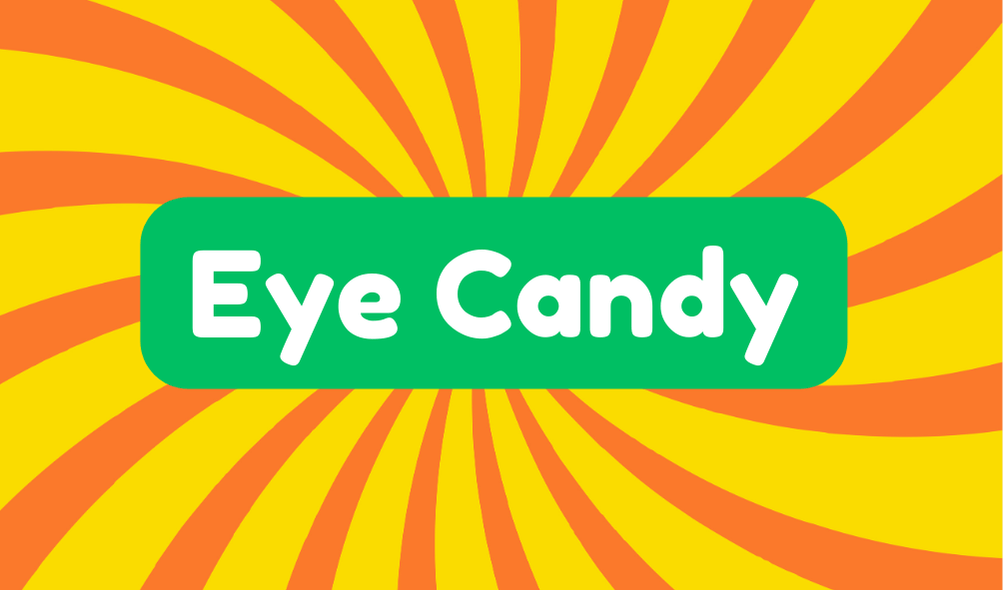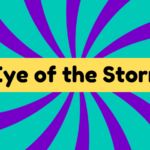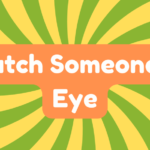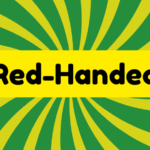"Eye candy" means something that looks appealing but lacks meaningful substance. This term became popular in the late 1970s, often highlighting how society values appearance over depth. You might see eye candy in trendy restaurants serving beautiful but bland dishes or in flashy apps that look great but frustrate users. An example sentence could be: "The movie was just eye candy, stunning visuals with a weak plot." While eye candy catches your attention, it's a reminder to critically consider what's behind the surface. If you're curious, there's more about its relevance in today's world waiting for you.
Synonyms
What comes to mind when you think of eye candy? You might visualize something with striking visual appeal that distracts from its superficial beauty. It's essential to recognize the synonyms that capture this essence:
- Window dressing – Appears attractive but lacks substance.
- Superficial charm – Engages the eyes yet offers little beyond looks.
- Dazzle – Brings immediate attention while remaining empty.
- Glamour – Exudes style but may hide deeper issues.
These terms highlight how often we prioritize aesthetics over depth. While a engaging exterior can draw you in, remember that such allure often masks lack of functionality or genuine value. It's worth questioning whether you're enthralled by design or simply falling for the glitter.
Example of Sentences
When it comes to eye candy, you can often encounter examples that perfectly illustrate its meaning in everyday life. Consider these four scenarios where visual appeal takes center stage but lacks real substance:
- A trendy restaurant serves dishes that look stunning but taste bland, drawing customers in for the aesthetic.
- An app boasts eye-catching graphics but offers minimal functionality, leaving users frustrated.
- A stylish gadget wows with design yet fails to deliver on performance, appealing only to superficial charm.
- A blockbuster film captures attention with dazzling special effects while the plot remains forgettable.
In each case, the superficial allure distracts from the underlying emptiness, reminding us to look beyond just the visual appeal if we want real value.
Origin
The term "eye candy" has its roots in social commentary, emerging in the late 1970s in the United States. Initially, it described beautiful women perceived as lacking depth or intelligence, reflecting troubling cultural implications about beauty standards. It was a critique on how society often values appearance over substance. Over time, this phrase expanded to include anyone or anything—films, websites, products—that dazzles visually but lacks meaningful content. This evolution highlights how our fixation on aesthetics can overshadow the importance of intelligence and functionality. So next time you hear "eye candy," remember the critique it carries about societal views and the perpetual tension between beauty and depth that still resonates today.
Collocations
Collocations related to "eye candy" often reflect its superficial appeal and aesthetic allure. These phrases highlight how visual appeal can overshadow deeper qualities, revealing a criticism of our culture's obsession with surface beauty. Here are some common collocations you might encounter:
- Visual appeal – This emphasizes the striking, often fleeting attraction of an object or individual.
- Superficial charm – This refers to attractiveness that lacks depth or genuine substance.
- Just eye candy – A dismissive phrase indicating that someone or something is only visually striking, with no real value beneath the surface.
- Eye candy experience – This captures moments designed to dazzle while ignoring meaningful engagement.
Recognizing these collocations helps in understanding how society prioritizes aesthetics over substance, a trend worth scrutinizing.
How to Use in Everyday Language
Using "eye candy" in everyday language can be straightforward and effective. You can describe something or someone that showcases superficial appeal with stunning visual aesthetics. For instance, a trendy new app may attract users with its vibrant colors and slick animations, but you might want to mention its lack of substance. When discussing movies, you could say a film is eye candy if it dazzles with visuals but has a thin plot. This helps convey a critical perspective on the trend of prioritizing style over meaningful content. It's a useful term to highlight the differences between what looks good and what truly engages or fulfills our needs, encouraging others to think beyond mere appearances.
Why Is It Still Relevant Today?
In today's fast-paced digital landscape, eye candy remains relevant as it encapsulates the ongoing battle between aesthetics and substance. Many organizations prioritize striking visuals over meaningful content, reflecting broader societal norms that often equate beauty with value. This trend holds significant cultural significance, shaping our interactions with media and products. While you might be drawn to stunning graphics or appealing designs, it's crucial to recognize that these elements can overshadow deeper functionality. As consumers, you're constantly bombarded with eye candy that distracts from critical thinking. Emphasizing appearance often undermines essential qualities like reliability and intelligence. Understanding this tension encourages a more mindful approach, prompting you to question the true value behind the allure.







